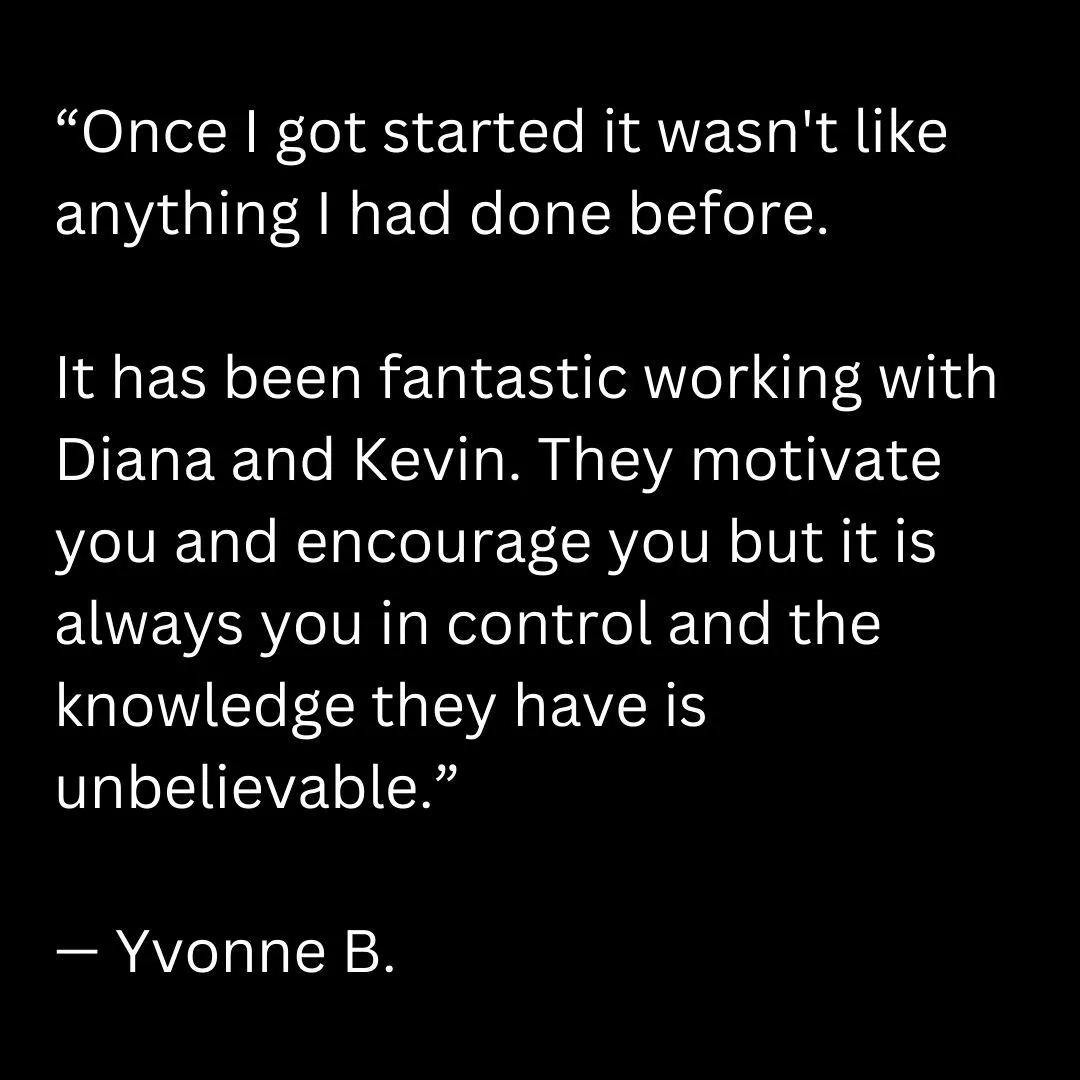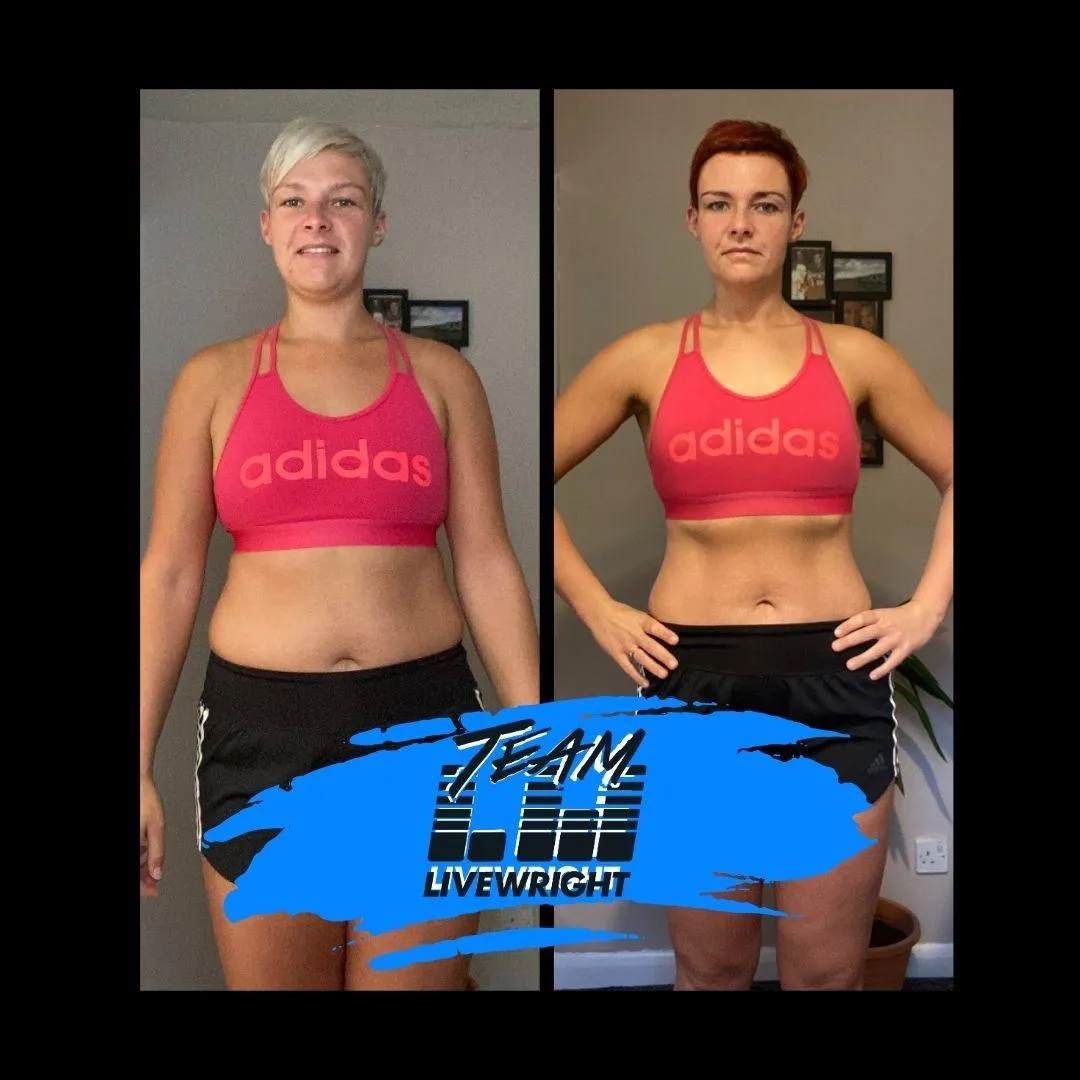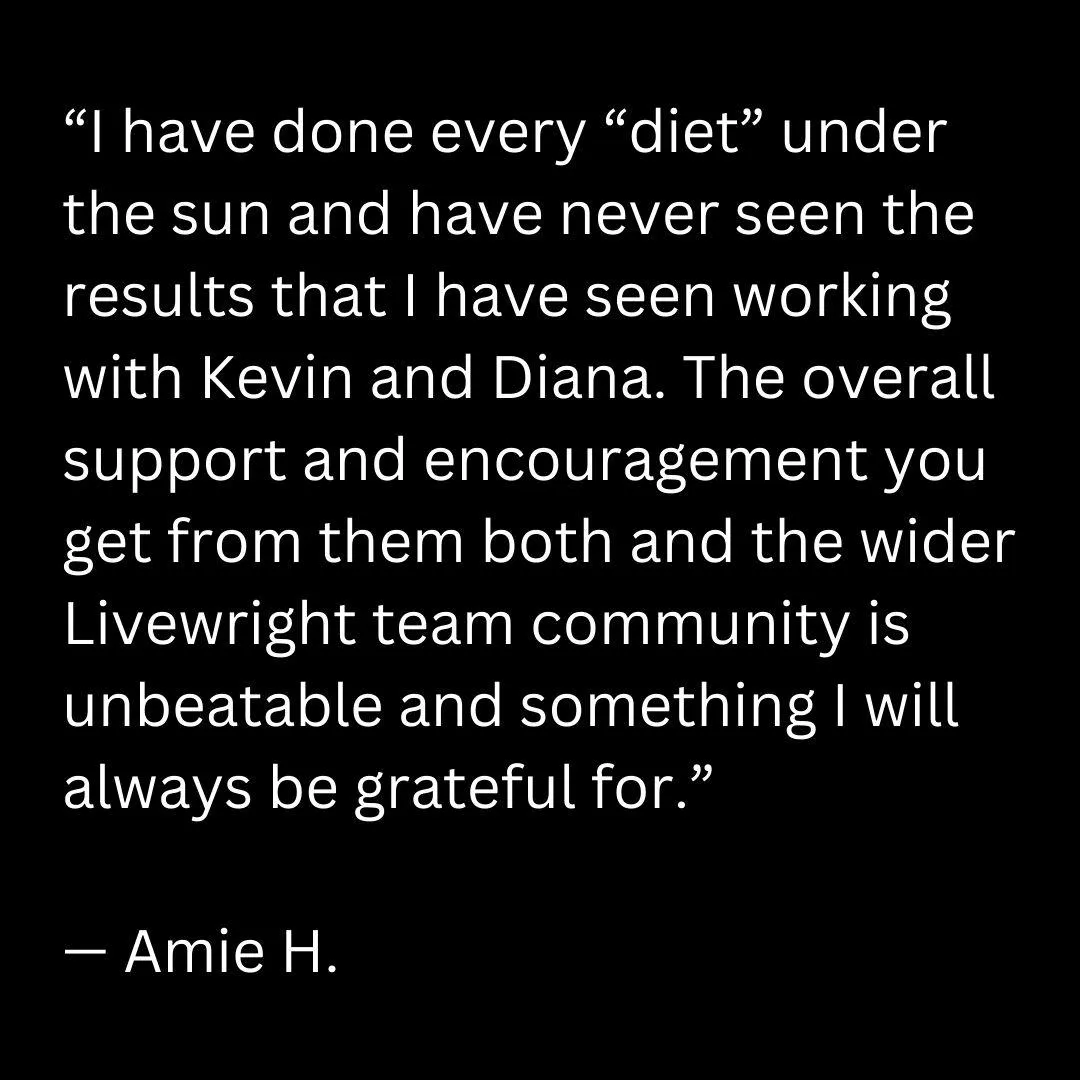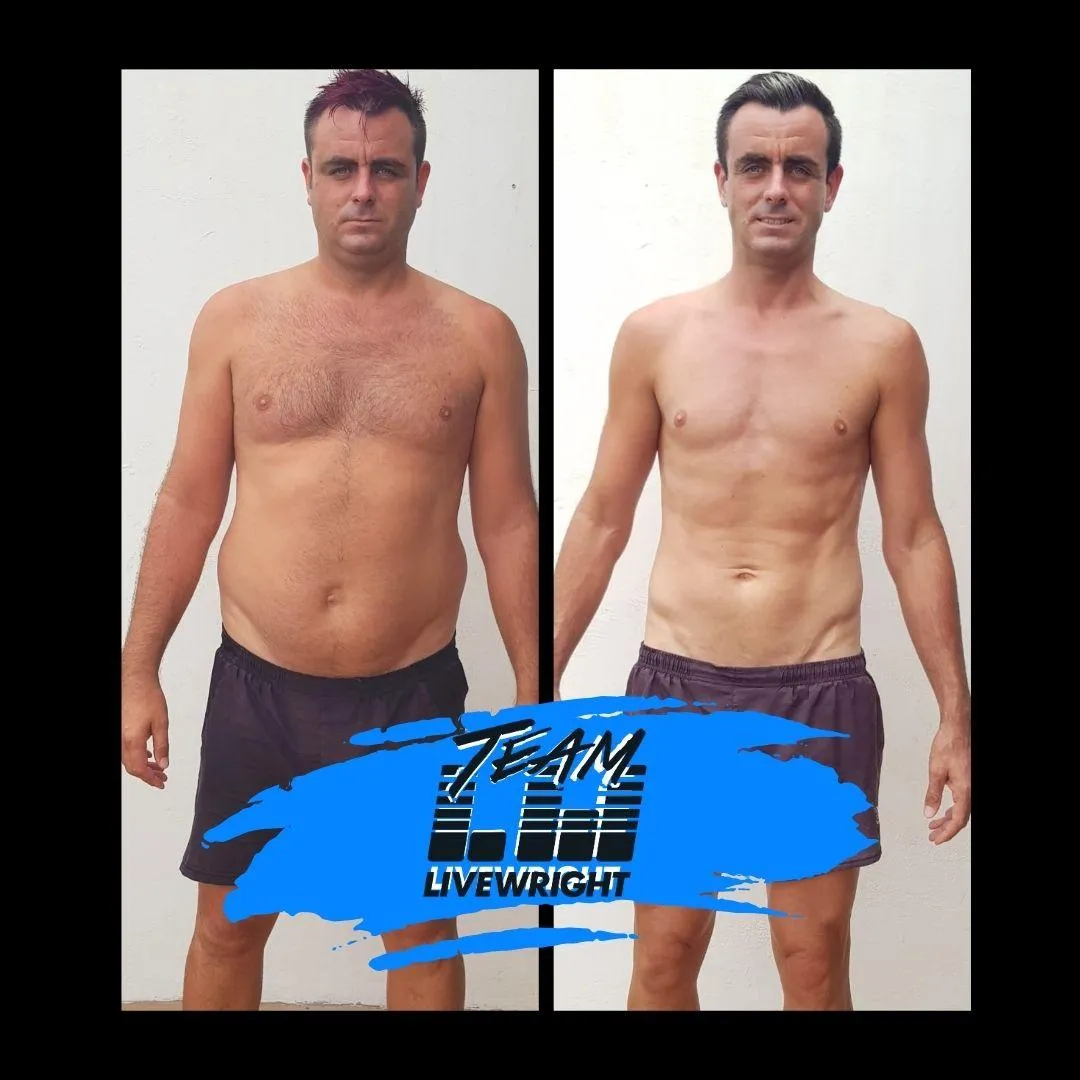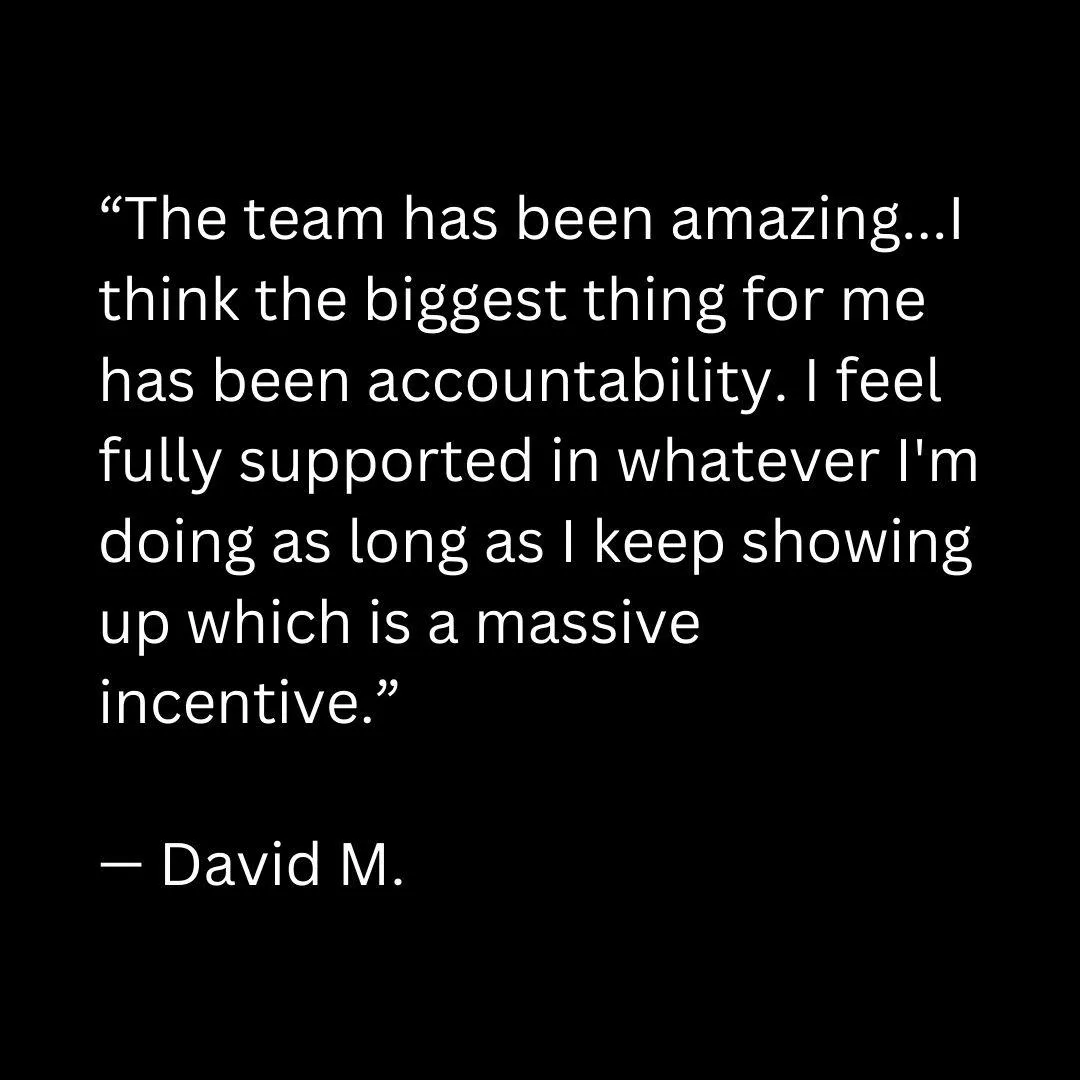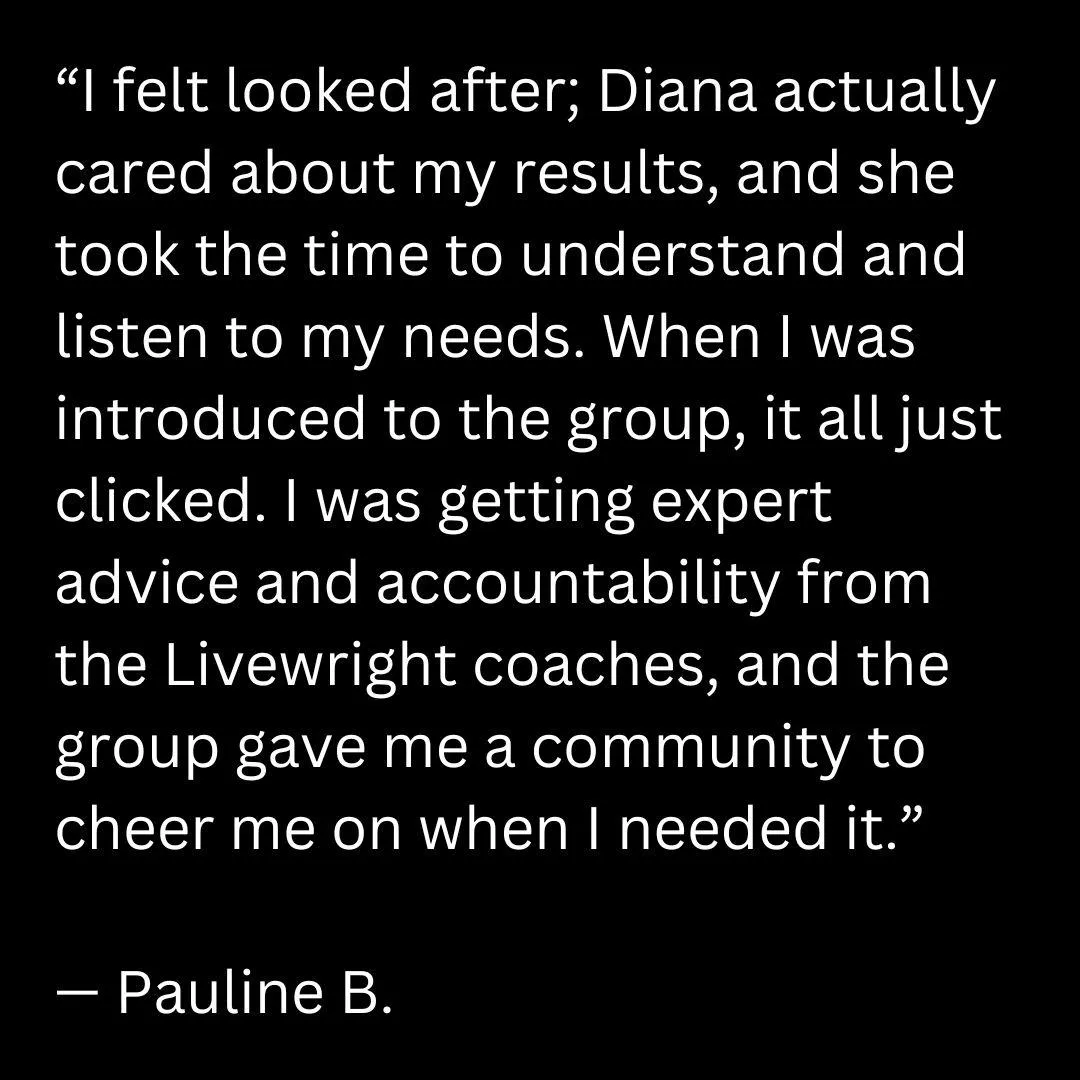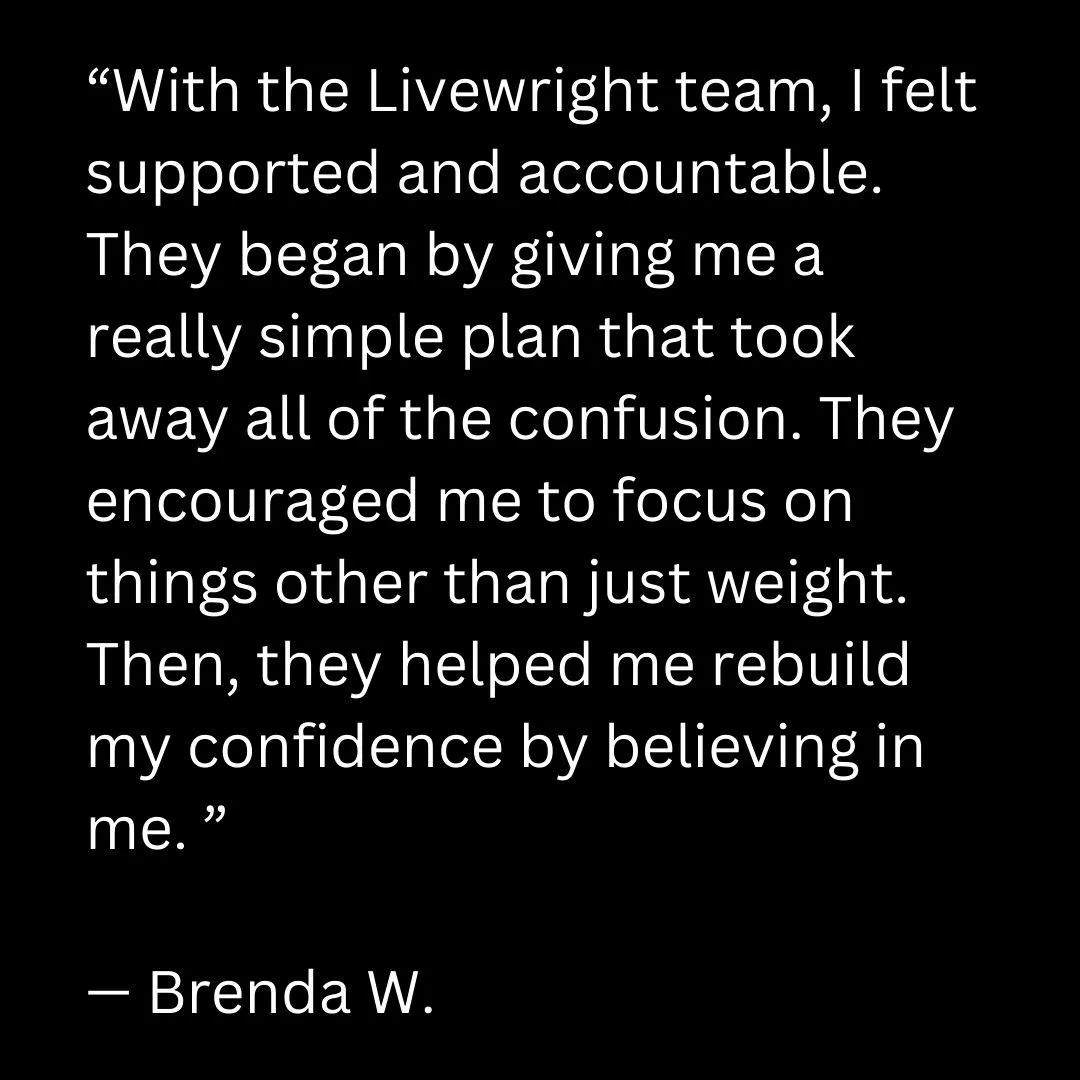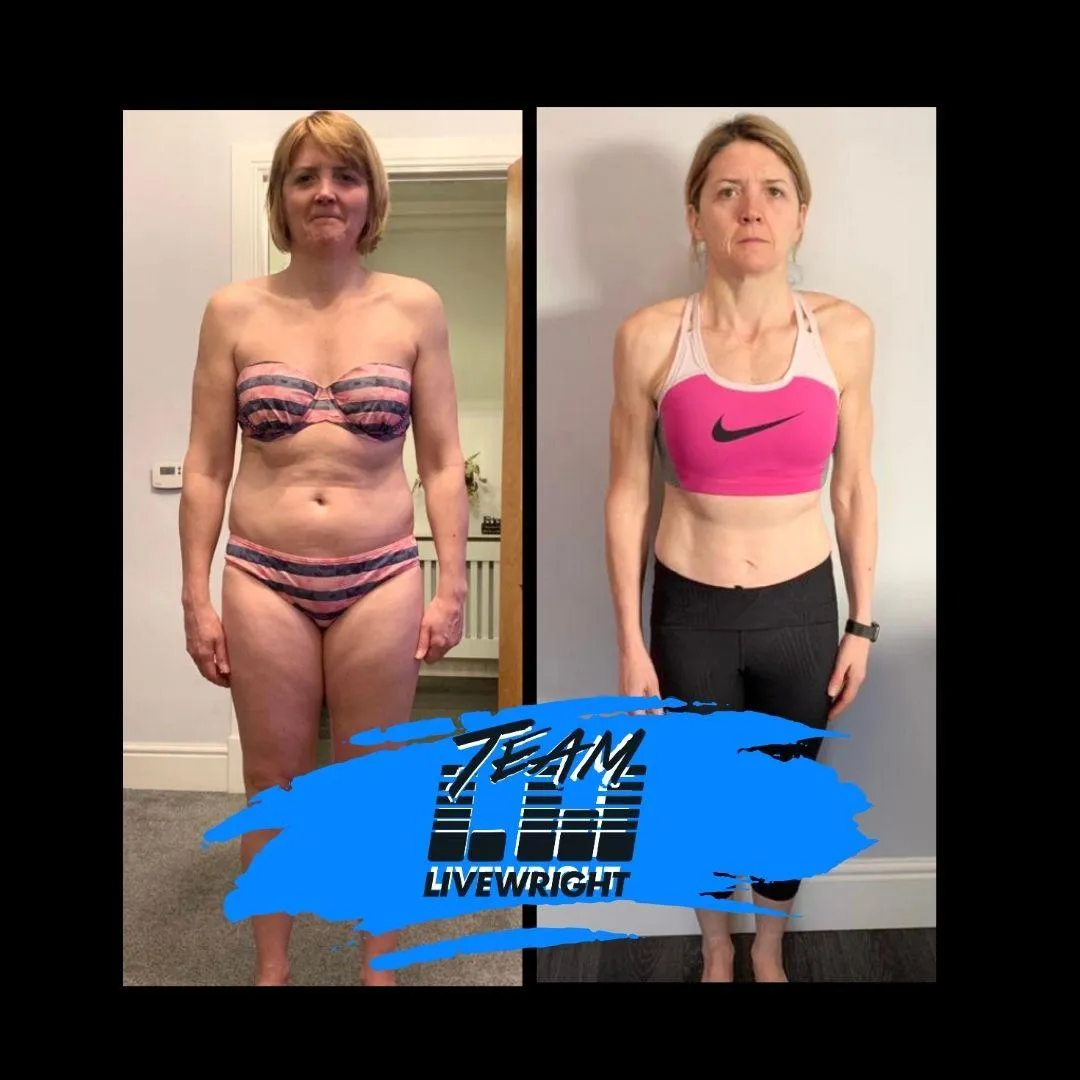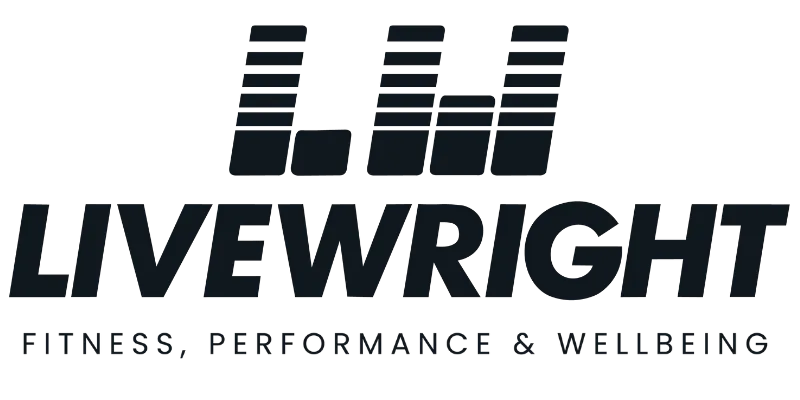
CHOOSE LIFE. CHOOSE A CAREER. CHOOSE YOU.
Our first, priority is in listening to your needs, finding out exactly what it is you need to be successful in your wellness journey. We will then match your needs with a solution that fits your lifestyle. More than this, we will be with you every step along the way.
-Team Livewright
CHOOSE LIFE. CHOOSE A CAREER. CHOOSE YOU.
Our first, priority is in listening to your needs, finding out exactly what it is you need to be successful in your wellness journey. We will then match your needs with a solution that fits your lifestyle. More than this, we will be with you every step along the way.
-Team Livewright

Free Gut Health Course
Gut health is receiving so much attention because of the multiple positive outcomes of a healthy gut. We've created this simple, free, course as an introduction to improving your gut health journey starting today!
New On The Blog...

5 Ways to Monitor Your Progress And Avoid Overtraining

5 Essential Tips For Effectively Monitoring Your Training Loads
1. Implement Periodisation
Utilise periodisation to structure your training. Vary the intensity, volume, and type of exercises over designated periods. This approach helps prevent plateaus and overtraining, aligning with recommendations from both associations and supported by meta-analyses to enhance performance.
2. Utilize Rating of Perceived Exertion (RPE)
Incorporate the RPE scale to gauge training intensity. This subjective measure, endorsed by both associations and supported by research, allows you to self-assess your effort during workouts, aiding in adjusting training loads based on how you feel.
3. Employ Monitoring Technology
Leverage technology, such as wearable fitness trackers or apps, to quantitatively monitor training parameters. Utilising technology aligns with the associations' guidelines. It is supported by meta-analyses to track metrics like heart rate variability, daily step count, or session RPE, enabling a more comprehensive view of training loads.
4. Keep Detailed Training Logs
Maintain comprehensive training logs to track workouts, loads, sets, repetitions, and subjective feedback. This meticulous record-keeping, in line with guidelines from both associations and supported by research, allows for practical evaluation and adjustment of training loads over time.
5. Listen to Your Body
Pay attention to signs of fatigue, soreness, and changes in performance. Both associations stress the importance of subjective feedback, which is corroborated by meta-analyses, emphasising the significance of recognising and responding to individual physiological responses to training.
These five tips provide a comprehensive strategy for effectively monitoring training loads. Employing subjective and objective measures, structured periodisation, training logs, and technology ensures a more nuanced and informed approach to optimising performance and mitigating the risks associated with overtraining or suboptimal training loads.

Free Gut Health Course
Gut health is receiving so much attention because of the multiple positive outcomes of a healthy gut. We've created this simple, free, course as an introduction to improving your gut health journey starting today!
New On The Blog...

5 Ways to Monitor Your Progress And Avoid Overtraining

5 Essential Tips For Effectively Monitoring Your Training Loads
1. Implement Periodisation
Utilise periodisation to structure your training. Vary the intensity, volume, and type of exercises over designated periods. This approach helps prevent plateaus and overtraining, aligning with recommendations from both associations and supported by meta-analyses to enhance performance.
2. Utilize Rating of Perceived Exertion (RPE)
Incorporate the RPE scale to gauge training intensity. This subjective measure, endorsed by both associations and supported by research, allows you to self-assess your effort during workouts, aiding in adjusting training loads based on how you feel.
3. Employ Monitoring Technology
Leverage technology, such as wearable fitness trackers or apps, to quantitatively monitor training parameters. Utilising technology aligns with the associations' guidelines. It is supported by meta-analyses to track metrics like heart rate variability, daily step count, or session RPE, enabling a more comprehensive view of training loads.
4. Keep Detailed Training Logs
Maintain comprehensive training logs to track workouts, loads, sets, repetitions, and subjective feedback. This meticulous record-keeping, in line with guidelines from both associations and supported by research, allows for practical evaluation and adjustment of training loads over time.
5. Listen to Your Body
Pay attention to signs of fatigue, soreness, and changes in performance. Both associations stress the importance of subjective feedback, which is corroborated by meta-analyses, emphasising the significance of recognising and responding to individual physiological responses to training.
These five tips provide a comprehensive strategy for effectively monitoring training loads. Employing subjective and objective measures, structured periodisation, training logs, and technology ensures a more nuanced and informed approach to optimising performance and mitigating the risks associated with overtraining or suboptimal training loads.
Community



This is where the magic happens! When you work with me you also get access to my private community where you'll find people just like you working on their wellness journey. It's a place of inspiration, motivation, and accountability. Plus live education on topics like fitness, nutrition, mindset, and overall wellness!

Work With Us
At Livewright, we believe that fitness is more than just exercise — it's a journey toward your best self.
Our personal training services are designed to help you achieve your goals, no matter your starting point.

About Us
We develop strong, confident leaders by mentoring people (like us) who want to create a positive impact on the lives of others — giving them the ability to turn their results into a platform to launch their own businesses.
What Our Clients Say
What Our Clients Say

Get Livewright news and events sent right to your mailbox — sign up for our newsletter today!







